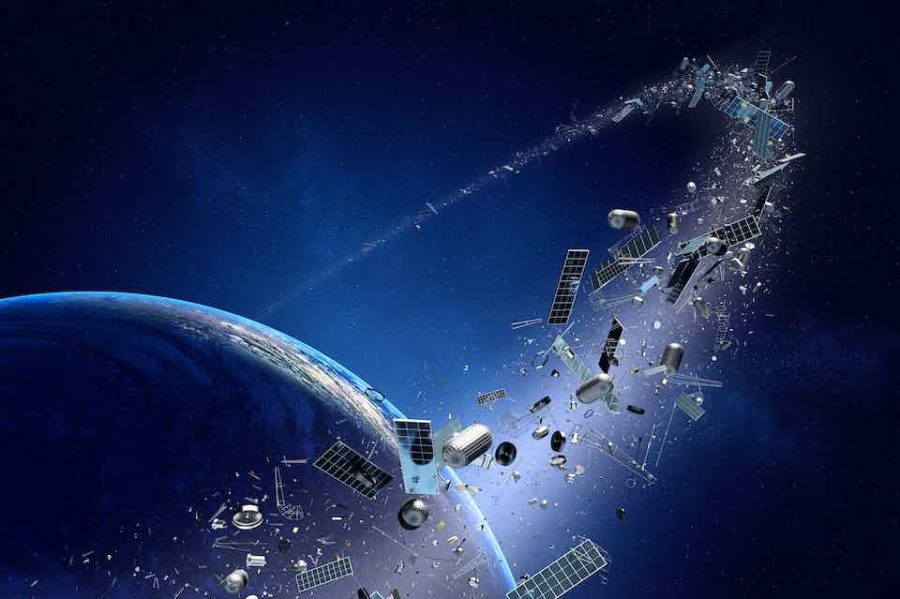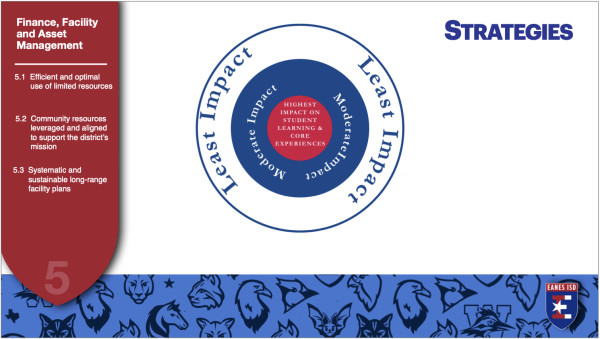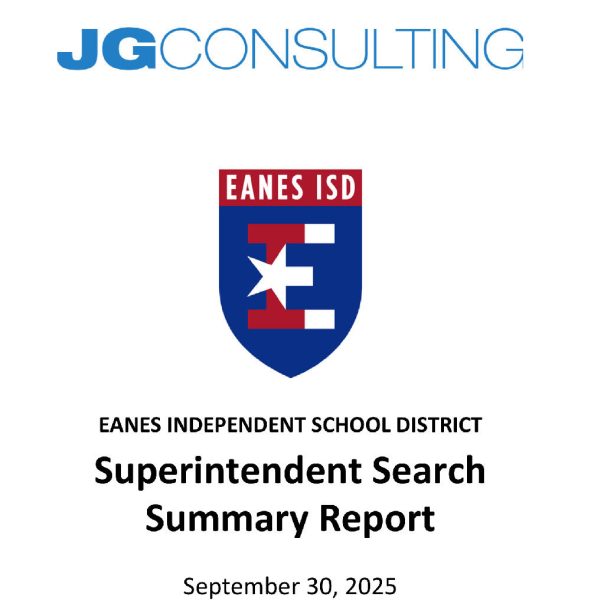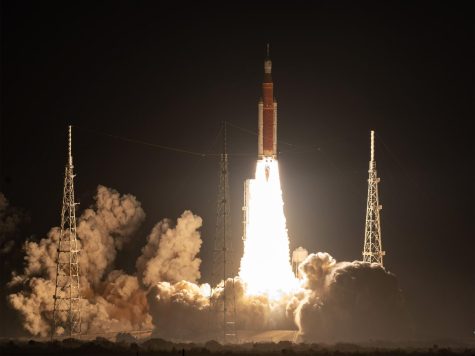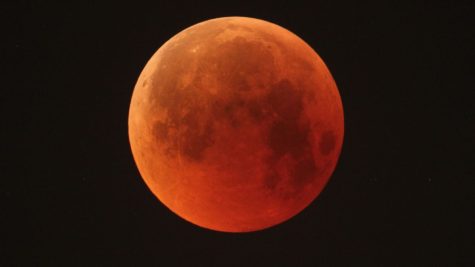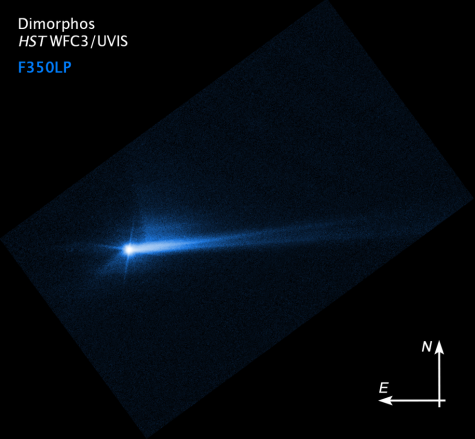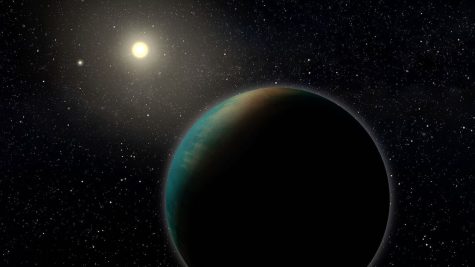Russian anti-satellite missile contributes to rising space junk problem
On Nov. 15, Russia launched a direct-ascent anti-satellite missile (ASAT) at an inactive Soviet-era satellite named Cosmos 1408. The collision generated over 1,500 traceable pieces of debris and raised safety concerns as the International Space Station intersected with the debris every 90 minutes. The seven members (four NASA astronauts, two Roscosmos astronauts, and one European Space Agency astronaut) had to repeatedly take refuge in vehicles.
This test is the first since 2007, when China launched an ASAT that destroyed its own weather satellite. The U.S. and its allies suggest this was meant to be a show of power, and its fallout is inexcusable.
Floating pieces of debris have continued to build up in space. Over 5,000 total launches in history have contributed to tens of thousands of objects larger than a tennis ball and one hundred million objects larger than one kilometer above our atmosphere. These pieces continue to gain speed as it falls into Earth’s orbit, reaching speeds up to 17,500 miles per hour.
An extreme theory of this situation is dubbed the Kessler Syndrome, where the amount of space debris is so great that there are self-causing collisions and extreme threats posed to satellites and astronauts. Though space junk has not reached that stage, it is becoming a greater worry with ASAT tests.
Unfortunately, the current debris will continue to pose a threat to current and future objects in space, and the international space community may work towards banning ASATs to prevent increased danger.

